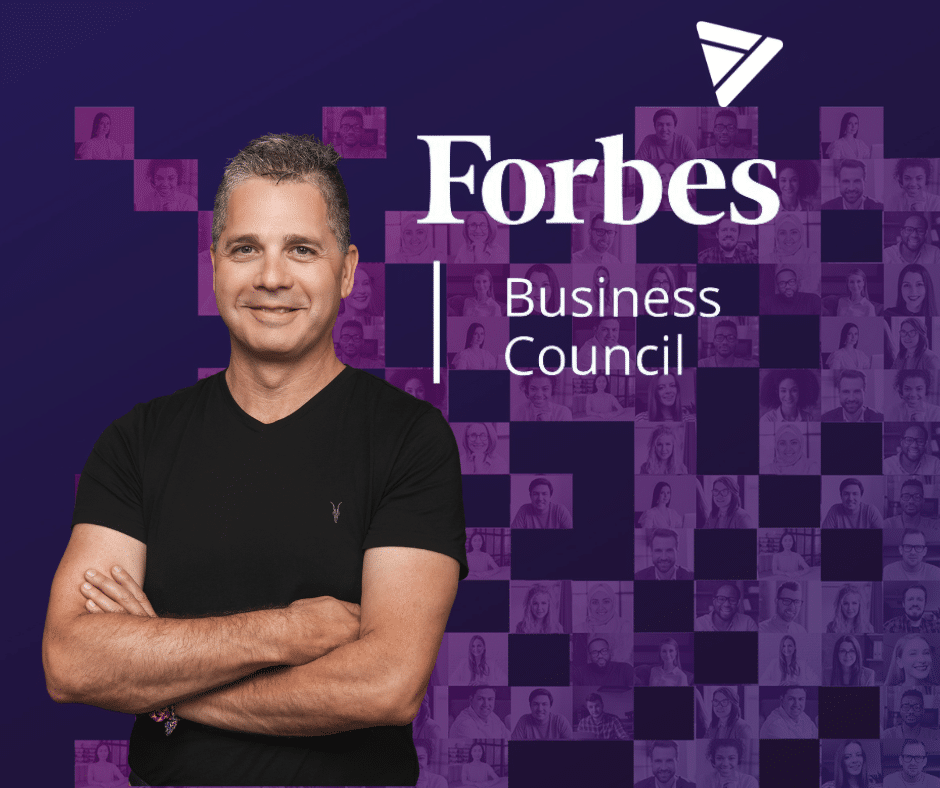This article originally appeared in Forbes.
In our last post, we studied the idea of upskilling and flow theory: Employees who are continually challenged, and offered professional development opportunities to meet those challenges, are given the chance to reach a state of flow. In other words, employees can gain a sense of working “in the zone” where intellect and ability are tested, and thus stay engaged and rewarded on a consistent basis.
In this post, we look at the “how” behind the “what,” explaining how HR leaders can chart these optimum paths for a plethora of individuals, each with their unique level of challenge and flow. To address this most human of characteristics at scale, data is critical but only effective if analyzed and interpreted with a goal in mind.
In 2006, British mathematician Clive Humby coined the phrase, “Data is the new oil.” His original intent was to describe data as something that, like oil, needed to be refined and transformed to be useful. Humby’s study of data came as he created the first-ever data-based consumer loyalty program for British supermarket chain Tesco. Through its implementation, he recognized that in gathering a continuous stream of transactional data, Tesco could refine lucrative business opportunities by understanding consumer buying habits. His observations convinced him that social media would only further solidify data as the key to predictive capabilities.
In 2020, as digital transformation accelerated at unprecedented rates due to Covid-19, technologist Tim O’Reilly challenged Humby’s metaphor in an opinion piece for The Information. He suggested that rather than being the new oil, “Data is the new sand”—one of the earth’s most abundant materials but one that only becomes something of value once it has been processed, researched and developed correctly. Using Google as an example, he pointed out that the search engine crawls the entire web, collecting and indexing trillions of data sources, using complex algorithms and AI to answer user questions 3.8 million times per minute. The value doesn’t come gushing from the ground as the oil metaphor suggests; rather, data mining requires constant and expensive ongoing efforts.
So it is in the realm of workforce management, where the endless dunes of data reveal the shapes of industries transformed by the winds of digitization, current workforce trends, skills of the future and projected business impact. To use O’Reilly’s terminology, enterprises that focus on amassing data for data’s sake will indeed gather plenty of sand, but what they do with it next determines its value.
In its Future of Work Trends report, Gartner points out that one such focus area is redefining skills criticality, in that skills needed to meet strategic organizational goals will no longer equate with individual roles. Talent mobility and career development depend on identifying and developing critical skills. Workforce data can inform best practices to provide this support but only if interpreted correctly. The focus on criticality is a good example of focusing on leading indicators within the vastness of data.
Artificial intelligence enables the processing, analysis and interpretation of billions of data points at speeds that were inconceivable even a decade ago. By collecting and harmonizing input to produce actionable insights, an enterprise can avoid the “DRIP” problem: data rich but information poor. This is arguably the biggest pitfall of the big data era. In other words, simply collecting the data is not enough. The data needs to be made actionable and inform HR processes from sourcing through screening and all the way to onboarding, development and career pathing.
For some enterprises, a crew of skilled data professionals—scientists, analysts and engineers—can direct collaborative efforts toward workforce and labor market skills taxonomies and job architectures to inform HR efforts. For others, as Gartner points out, enlisting external talent intelligence platforms can utilize analytics to identify trends in skill evolution and talent profiles. But what of enterprises without either option?
In these cases, HR leaders can benefit from a well-structured, empathetic introduction to AI-fueled data analytics. The change can be daunting for HR leaders who are not up to speed or are flat-out uncomfortable with adopting AI-driven capabilities. Without team buy-in, the risk of DRIP is high; proactive education and engagement are key to bridging that divide.
A logical first step in introducing AI to the skeptical is to point out the many ways AI is already playing a role in their day-to-day life. The playlist Spotify built for them, the book recommended by Goodreads or the morning weather forecast from Alexa all have become commonplace yet represent the power of AI to enhance (not replace) the human experience. Through education and engagement, HR leaders can upskill their own way to embracing AI as a tool that can free them up from repetitive tasks (setting up benefits enrollment systems and internal communication) to expediting critical talent acquisition processes (e.g., scanning hundreds of CVs in minutes versus screening them manually).
Structuring internal and external data, whether through an in-house data team, an upskilled HR staff or a third-party vendor can enable enterprises to keep pace with future workplace trends. HR needs to know the difference between proactively planning ahead or reactively responding in real-time.
Despite some early hesitancy around AI, the age of intelligence upon us now is a powerful milestone for both humans and machines. In the larger picture, by identifying future trends aligned with professional potential and upskilling opportunities, an empathetic approach to talent intelligence could help close the skills gap and secure future-proof worker employability.
retrain.ai is a Talent Intelligence Platform designed to help enterprises hire, retain, and develop their workforce, intelligently. Leveraging Responsible AI and real-time labor market data, enterprises unlock talent insights and optimize their workforce effectively to lower attrition, win the war for talent and the great resignation in one, data-driven solution. To learn more book a demo.










